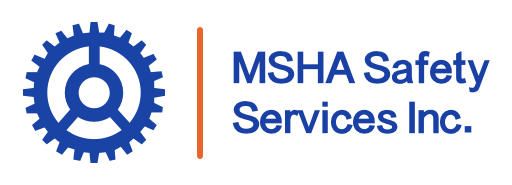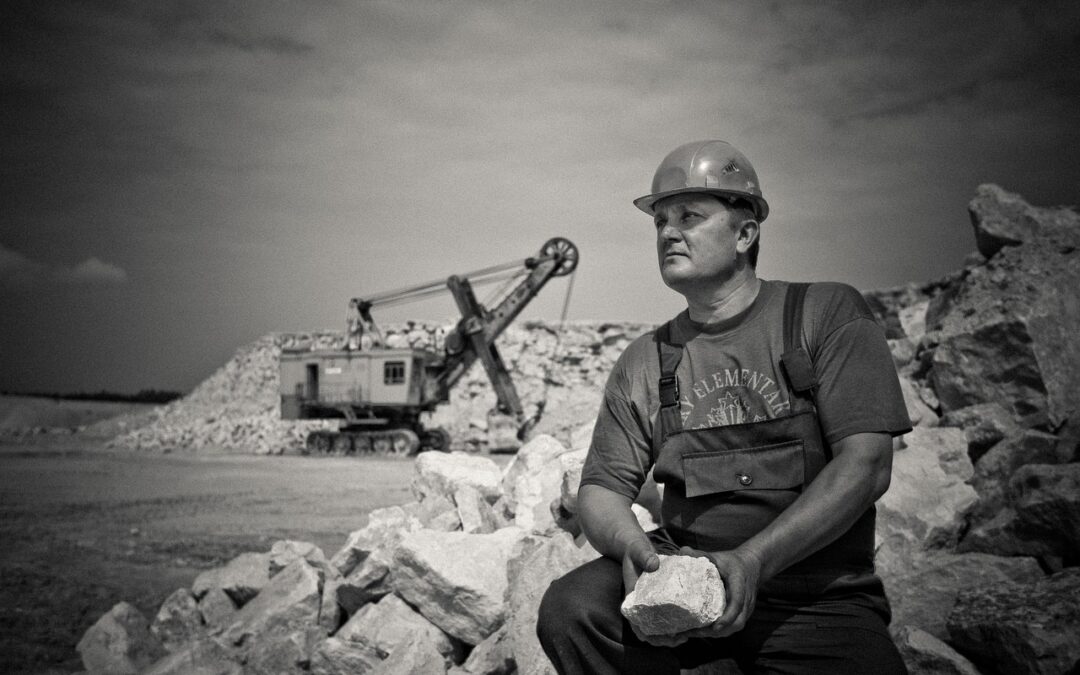Mining is a vital industry that fuels our global economy, but it comes with inherent risks. Ensuring the safety of miners is paramount, and one of the most effective ways to prepare for emergencies is through regular and well-executed safety drills. This article delves into the best practices for improving mine safety drills, emphasizing the importance of preparation, training, and technology in safeguarding lives.
Why Frequent Safety Drills Are Critical in Mining Operations
Regular safety drills are not just routine exercises; they are life-saving practices that prepare miners for real emergencies. Consistent drills help:
- Reinforce emergency procedures: Familiarity with evacuation routes and protocols ensures swift action during crises.
- Identify weaknesses: Drills can reveal gaps in emergency plans, allowing for timely improvements.
- Build confidence: Regular practice instills confidence among miners, reducing panic during actual emergencies.
According to the Mine Safety and Health Administration (MSHA), quarterly evacuation drills are mandatory for all underground coal miners. These drills are crucial in maintaining a state of readiness and ensuring compliance with safety regulations.
Designing Effective and Realistic Evacuation Drills
Creating realistic evacuation scenarios is essential for effective training. Consider the following when designing drills:
- Simulate various emergencies: Incorporate scenarios like fires, gas leaks, or equipment failures to cover a range of potential incidents.
- Use real-time constraints: Implement time limits to mimic the urgency of actual emergencies.
- Involve all personnel: Ensure that every miner, regardless of role, participates in drills to foster a comprehensive safety culture.
By making drills as realistic as possible, miners can better understand the challenges they may face and how to overcome them.
Training Miners for Emergency Response
Training is the backbone of effective emergency response. Comprehensive training programs should include:
- Hands-on equipment practice: Miners must know how and when to use life-saving tools like self-contained self-rescuers (SCSRs) — not just what they are.
- Medical response skills: First aid and CPR training could save lives while waiting for external help.
- Crisis communication: Practicing how to stay calm, report hazards, and follow chain-of-command communication during a crisis is essential.
Regular training sessions ensure that miners are equipped with the knowledge and skills necessary to respond effectively to emergencies.
Essential Equipment and Tools for Safe Evacuations
Having the right equipment readily available can make the difference between life and death. Essential tools include:
- Self-contained self-rescuers (SCSRs): Provide breathable air in environments with toxic gases.
- Lifelines: Guide miners to exits in low-visibility conditions.
- Gas detectors: Monitor air quality and detect hazardous gases.
- Communication devices: Facilitate coordination during evacuations.
Ensuring that this equipment is maintained and accessible is critical for effective emergency response.
Escapeway Maps: Essential Tools for Mine Rescue Efforts
Escapeway maps are important resources that outline primary and secondary evacuation routes. These maps should be:
- Clearly displayed: Posted in strategic locations throughout the mine.
- Regularly updated: Reflect any changes in mine layout or operations.
- Integrated into training: Used during drills to familiarize miners with escape routes.
According to MSHA guidelines, miners must be familiar with both primary and secondary escapeways. Incorporating escapeway maps into daily operations enhances preparedness and safety.
The Role of Supervisors and Safety Officers in Drill Execution
Supervisors and safety officers play a pivotal role in the success of safety drills. Their responsibilities include:
- Planning and coordination: Designing drills that address specific risks and ensuring all logistics are in place.
- Monitoring and evaluation: Observing drills to assess performance and identify areas for improvement.
- Providing feedback: Offering constructive critiques to help miners enhance their emergency response skills.
Effective leadership ensures that drills are taken seriously and that lessons learned are implemented.
Integrating Emergency Response Plans Into Drills
Emergency response plans should be more than documents; they must be actionable strategies practiced regularly. Integration involves:
- Aligning drills with response plans: Ensuring that drills reflect the procedures outlined in the emergency response plan.
- Updating plans based on drill outcomes: Using insights from drills to refine and improve response strategies.
- Engaging all stakeholders: Involving management, miners, and emergency services in the planning and execution of drills.
This holistic approach ensures that emergency response plans are practical and effective.

Using Technology to Enhance Drill Realism and Monitoring
Advancements in technology offer new ways to improve safety drills:
- Virtual reality (VR) simulations: Provide immersive training experiences that mimic real-life emergencies.
- Wearable devices: Monitor miners’ health and location during drills, offering data for analysis.
- Automated alerts: Systems that trigger alarms and guide miners during emergencies.
Implementing these technologies can make drills more effective and provide valuable insights into performance and areas for improvement.
Evaluating Drill Effectiveness and Conducting Post-Drill Debriefs
After each drill, it’s essential to assess its effectiveness:
- Collect feedback: Gather input from participants on what went well and what could be improved.
- Analyze performance data: Review metrics such as evacuation times and adherence to protocols.
- Update procedures: Modify emergency plans and training based on findings.
Regular evaluation ensures continuous improvement in emergency preparedness.
Navigating Regulatory Requirements and Industry Standards
Compliance with regulations is not just a legal obligation but a cornerstone of safety:
- Understand MSHA regulations: Familiarize yourself with requirements such as quarterly evacuation drills and equipment standards.
- Stay updated: Regulations can change; ensure that your practices remain compliant.
- Document drills and training: Maintain records to demonstrate compliance and identify trends.
Adhering to industry standards promotes a culture of safety and accountability.
Building a Culture of Safety Through Better Drills
At the end of the day, improving mine safety drills is about making sure every miner has the best chance to make it home safely. Regular, well-designed drills—supported by clear escapeway maps and the right equipment—help crews respond quickly and confidently when it matters most. It’s not just about ticking boxes or meeting regulations; it’s about building trust, staying prepared, and learning from each drill to do better next time. When everyone on site—from miners to supervisors—takes safety seriously and treats these drills as more than routine, they become a powerful part of a culture that protects lives.

